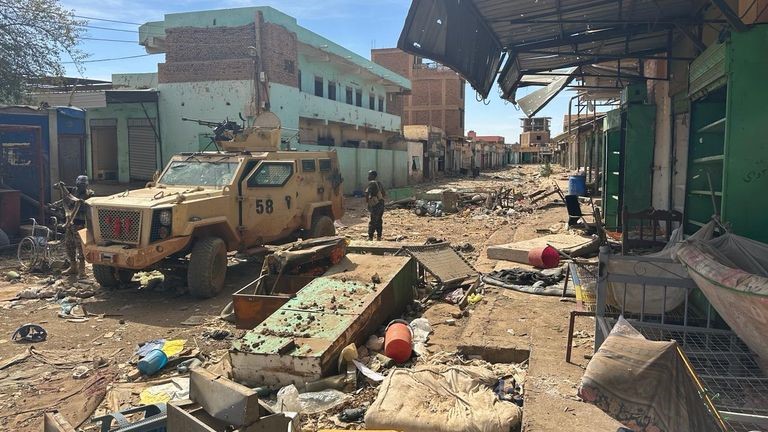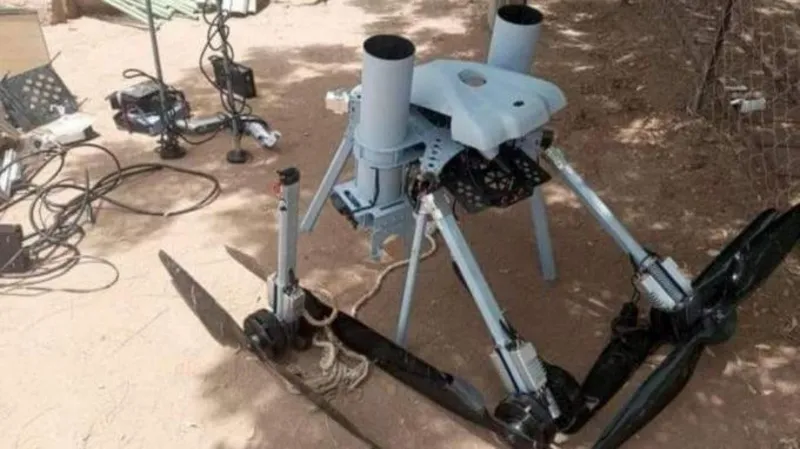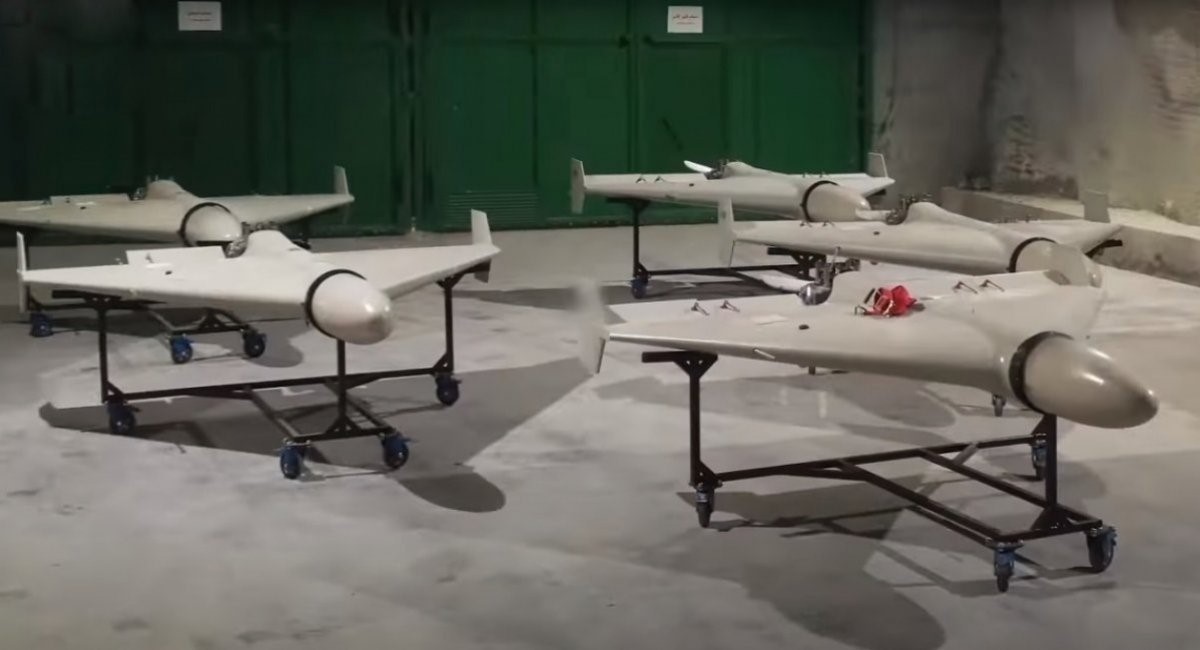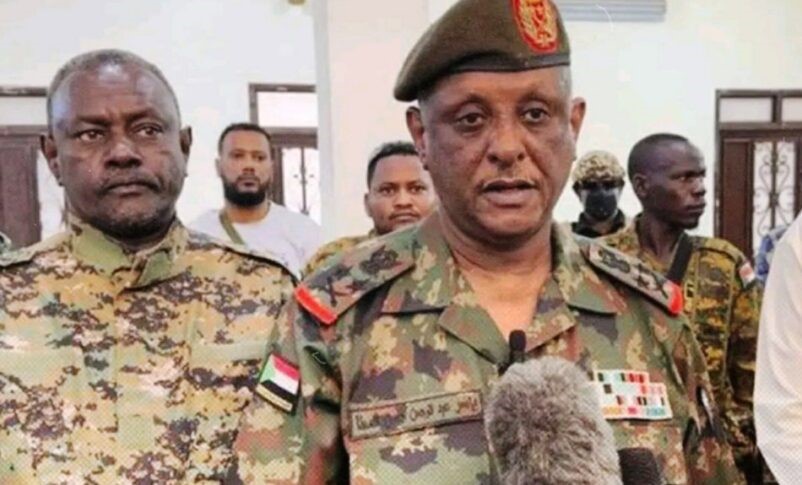Andrew McGregor
AIS Special Report on Sudan
June 24, 2024
The growing importance of drones in modern warfare has been amply demonstrated in the ongoing conflict between Russia and Ukraine, even though both states still possess manned military aircraft. In Africa, drones have been used extensively in the struggle between Libya’s rival governments, but the first broad use of drones by a “rebel” movement is taking place in Sudan. There, drones are in steady use by the Rapid Support Forces (RSF), a former state paramilitary that launched attacks on government institutions and the Sudan Armed Forces (SAF) on April 15, 2023. Only days after the conflict began, the SAF and other state security institutions declared the RSF “a rebel entity” that was fighting the state and ordered its dissolution (Al-Jazeera, April 17, 2023). [1]
Both the RSF and SAF have used drones for surveillance and offensive purposes since the beginning of the conflict. The SAF is now receiving shipments of advanced Iranian drones, while the RSF relies on shipments of drones and other weapons from the anti-Iran, anti-Islamist United Arab Emirates (UAE). Sudan recalled its ambassador to Chad on June 25 over allegations that Chad is allowing the UAE to ferry military supplies to the RSF through its airports. The import of drones to Sudan violates a 2005 UN Security Council resolution that bans the supply of weapons to the Sudanese government and armed groups in Darfur.
The precision-guided munitions of Iranian Mohajer-6 drones played a decisive factor in the SAF’s March offensive that retook old Omdurman and the National Radio and Television Corporation from the RSF (Radio Dabanga, March 17, 2024). The Mohajer-6 UAVs are, however, vulnerable to the RSF’s limited anti-aircraft weapons, mostly man-portable (MANPAD) systems that are less effective against small “suicide” drones. Earlier this year, RSF forces in Omdurman released photos of a downed Iranian Mohajer-6 drone operated by the SAF and “its extremist backers from the former regime” (a reference to Islamist groups formerly allied to the regime of President Omar al-Bashir). The RSF claimed it was the third such SAF drone to have been brought down (Radio Dabanga, January 29, 2024).
The SAF began using FPV (first-person view) quadcopter loitering munitions (a.k.a. “suicide” drones) in September 2023. With an ability to hover for long periods before the user finds a target and drives the drone and its warhead into it, loitering munitions provide a cheap and useful tool in urban warfare of the type being practiced in Khartoum and Omdurman. Sudan’s Military Industrial Corporation produces its own Kamin-25 loitering munitions (Military Africa, September 15, 2023).
The SAF uses several Chinese drone types, most notably the Rainbow CH-3 (used for reconnaissance, surveillance and attacks) and the enhanced Rainbow CH-4, which uses precision-guided munitions and has a range of up to 5,000 km (Military Africa, April 20, 2023). Most SAF drones operate out of Wadi Sayidna airbase north of Omdurman. On June 7, SAF air defense systems shot down two drones targeting the base (Radio Dabanga, June 7, 2024; Al-Taghyeer [Khartoum], June 9, 2024). SAF-held airbases are a common target of RSF drones.
The RSF also operates Chinese-made Sunflower-200 “suicide drones,” an improved version of the Iranian Shahed-136 loitering munition drone. These have been deployed with the alleged assistance of Russian PMC Wagner personnel (Military Africa, April 27, 2024; Defense Express, August 16, 2023). Russia is a major purchaser of the Shahed-136, which it uses in Ukraine in a modified form known as the Geran-2. The RSF also operates UAE-supplied, Serbian-made Yugoimport VTOL (vertical take-off and landing) drones, modified to drop two 120mm mortar rounds on its target (Military Africa, February 12, 2024).
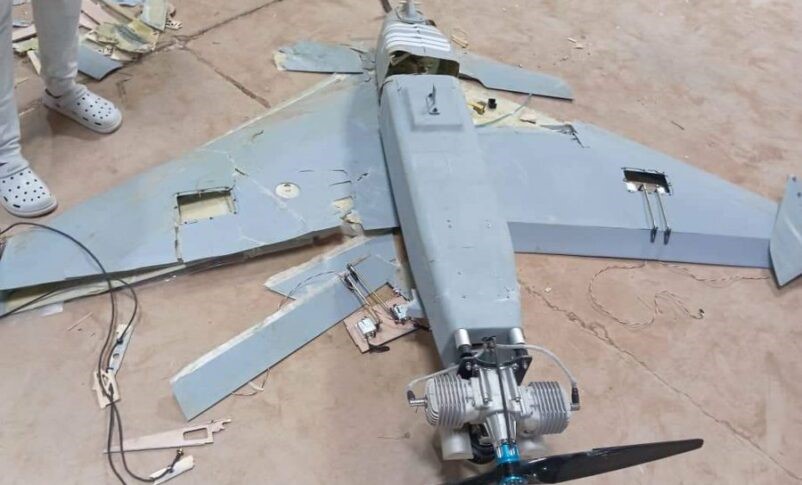 RSF drone brought down by the SAF in Shendi, April 23, 2024. (ST)
RSF drone brought down by the SAF in Shendi, April 23, 2024. (ST)
Recently, the RSF has used Chinese-made drones to bring the war to the previously safe cities of Upper Nubia, home of the riverine Arabs who have dominated Sudan’s politics and military since independence. The SAF’s Third Infantry Division was attacked by drones in Shendi (150 km north of Khartoum) on April 23, while an earlier attack in Atbara targeted the Bara’a bin Malik Brigade of Islamist fighters on March 2 (Al-Taghyeer [Khartoum], April 23, 2024). The Brigade is a hardline Islamist militia fighting alongside the SAF as part of the “popular mobilization” strategy that has brought both former rebel movements and ex-members of Omar al-Bashir’s military/Islamist regime on side with the SAF (Al-Taghyeer, April 3, 2024).
Brigadier Tibieg Mustafa, identified as an advisor to the RSF leader, insisted that the RSF had no part in the drone attacks on Shendi or Atbara: “What happened reflects internal disputes between the Army and the Islamic Brigades of Al-Barra’a bin Malik, which fight alongside the Army” (Radio Tamazuj, April 25, 2024). There appear to be differences in the SAF’s senior command over the role of the Islamic Brigades; General Shams al-Din Kabbashi, the army’s deputy commander, believes their inclusion is dangerous, while General Yasir al-Atta, a member of the sovereignty council, insists the SAF is open to all Sudanese, including Islamists (Middle East Eye, April 4, 2024). Despite Brigadier Tibieg’s claim, there seems little reason at this time to believe the SAF is attacking its allies with drones.
On April 24, three reconnaissance drones were spotted flying over the Nubian town of Hambukol (Al-Taghyeer [Khartoum], April 25, 2024). Shendi was attacked again on June 9, when five “suicide” drones were shot down by the Third Infantry Division. No damage or casualties were reported but widespread panic was reported in the town (Al-Taghyeer [Khartoum], June 9, 2024).
On June 7, the SAF’s 18th Infantry Division shot down two RSF drones targeting the Kenana airbase in White Nile State and the division headquarters in Kosti (White Nile State). The attacks came a day after SAF commander General ‘Abd al-Fatah al-Burhan arrived in Kosti (Sudan Tribune, June 7, 2024).
RSF advances east of the Nile have brought previously safe cities within range of RSF aerial attacks. In early April, two or three RSF drones panicked the eastern city of al-Qadarif when they struck the local headquarters of the General Intelligence Service and a judiciary building (Al-Taghyeer [Khartoum], April 9, 2024; Asharq al-Awsat, April 10, 2024).
Unlike the SAF, the RSF has no air force, but drones have provided an available and low-cost alternative that allows the paramilitary to spread terror in SAF-held cities well behind the lines and attack SAF facilities, airbases in particular.
NOTE
- The description of the RSF as “rebels” is somewhat contentious; see for example a report by the United States Institute of Peace (USIP), that insists the RSF is “not a ‘rebel’ group – it’s recognized by law and was developed, tolerated and sustained as an instrument of state power…” (USIP, April 20, 2023).

